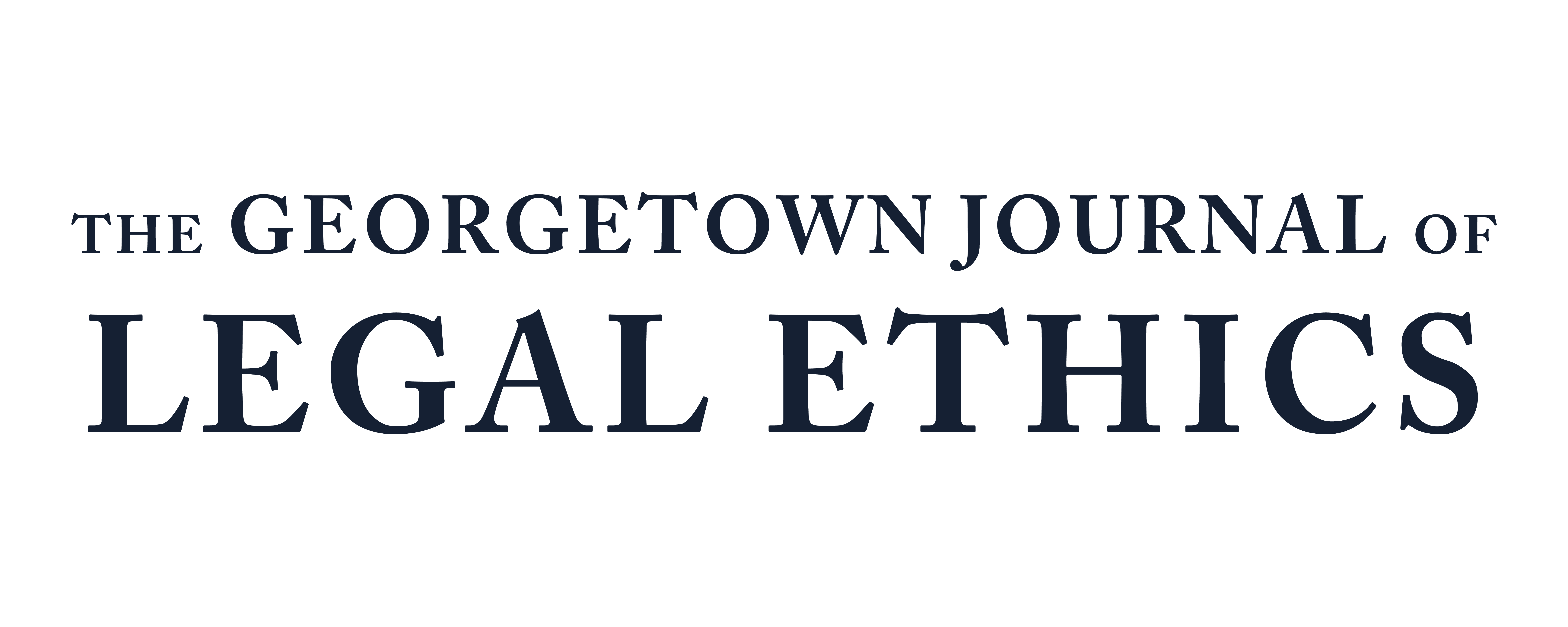ERISA as a Solution to Insurer Abrogation of Responsibility in the Face of the Opioid Crisis
Even as insurance companies saw record profits during the COVID-19 pan- demic, they steadfastly refused to adequately respond to the other health crisis facing America: the opioid overdose epidemic. The opioid overdose epidemic began in the 1990s with the overprescribing of prescription opioids for the treatment of pain. Since then, the epidemic has advanced through at least two other stages. In 2010 the nature of the epidemic changed as overdose deaths due to heroin use surged. The third wave began in 2013 and was driven by the use of syn- thetic opioids such as fentanyl. At least one paper has since argued that the epidemic is entering a fourth wave driven by stimulant use. The background section of this Note provides an overview of the opioid epidemic’s impact upon the United States, as well as a relatively recent legislative effort to address it. It also briefly examines the history of the Supreme Court’s Employee Retirement Income Security Act of 1974 (ERISA) jurisprudence as it relates to the standard of review of fiduciary decisions in ERISA-regulated insurance plans. Then, the discussion section explains how the “rulification” of medical necessity standards, coupled with a permissive standard of review has hamstrung meaningful attempts at judicial oversight. This insulation is particularly concerning in the context of coverage for addiction treatment, because addiction treatment is a comparably new field of medicine that is still evolving rapidly. Next, the note analogizes existing ERISA jurisprudence to Model Rule 1.7 to highlight the policy and ethical shortcomings of existing ERISA jurisprudence. Finally, the recommendations section offers four proposals for policy-makers to consider in order to realign the balance of power between insurers and plan beneficiaries.
Subscribe to GJLE
